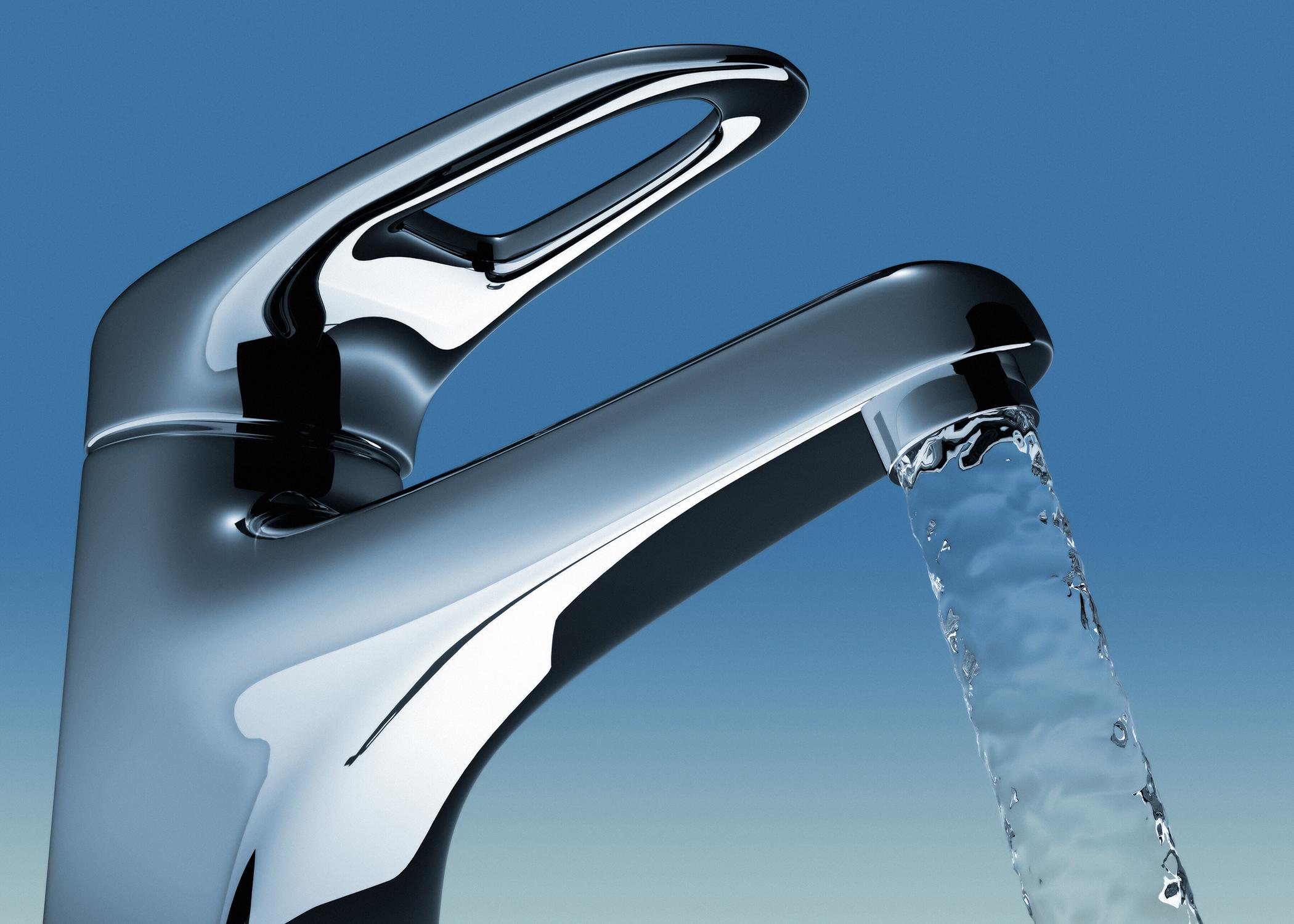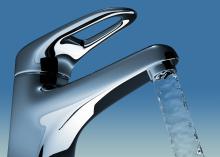Information Possibly Outdated
The information presented on this page was originally released on July 1, 2020. It may not be outdated, but please search our site for more current information. If you plan to quote or reference this information in a publication, please check with the Extension specialist or author before proceeding.
Flush water systems to reduce lead levels
STARKVILLE, Miss. -- Two simple, daily steps can protect Mississippi’s youngest citizens from lead poisoning.
Jason Barrett, an assistant Extension professor in the Mississippi Water Resources Research Institute, said lead in drinking water can harm children’s health. But flushing faucets each morning and using cold water for cooking and preparing baby bottles can greatly reduce exposure.
“Because young children’s brains are growing and developing, they are more at risk from elevated lead levels in drinking water,” Barrett said. “Lead poisoning can cause brain damage, learning difficulties, and delayed growth and development. The good news is that families can take steps to prevent lead poisoning.”
Lead leaches into drinking water as the water sits in pipes overnight or any time when the faucets are not in use. Turning on the faucet and allowing it to run for at least 30 seconds pulls fresh water into the pipes and flushes out the contaminated water.
“No matter how old your house is, whether you’re on a well or on a municipal or community water system, you should let the water run a little while each morning when you wake up before you take a drink,” Barrett said. “Legally, even new fixtures and faucets are allowed to have a certain amount of lead in them. So flushing is a safe first step to take.”
Heating cold water for cooking is another way to reduce lead exposure.
“Hot water dissolves contaminants more quickly than cold water, which is why cold water is recommended,” Barrett said. “It’s safer to heat water for cooking than to use hot water, especially for baby bottles or when cooking for children.”
Barrett said many people routinely flush their faucets but forget to also take the faucet apart and clean out the aerator. Water heaters can also be a source of accumulated lead in the home water system.
“Cleaning out the aerator can reduce lead levels in drinking water, and I recommend people follow the manufacturer’s instructions on flushing out their water heaters once a year,” he said. “By maintaining the different components of the system, you have a greater impact on the lead levels in your home.”
Barrett also discouraged drinking from hose spigots while children are playing outside.
Lead often gets ignored because it does not have an odor or flavor that alerts people to its presence, Barrett said.
“People have a lot of misconceptions about lead in drinking water,” he said. “Boiling water does not reduce lead in water. You can’t smell it or taste it, so the only way to know if you have high levels of lead in your drinking water is to have the water tested.”
Nelson McGough, an Extension research technician with the Mississippi Water Resources Research Institute, said testing water is a first step toward understanding if there is a problem. Fortunately, when a water test shows high levels of lead, the problem does not have to cost a fortune to fix.
“In an ideal world, all of the old lead pipes would be replaced, but that may not be feasible due to the cost,” McGough said. “It’s reassuring to know that parents and families can take much more cost-effective and simple steps to protecting children’s health.”
McGough said childcare centers can implement these same best practices to protect the children they serve.
“Many children spend their days in childcare centers that provide food, make bottles and have drinking fountains,” McGough said. “Kitchen faucets and fountains should be flushed daily, just like home water systems. Staff should cook and prepare bottles with cold water.”
Though restrictions in place for COVID-19 may impact drinking fountains at schools, McGough recommended flushing them daily if they will be used to fill cups or water bottles for individual use.
“Flushing the water out takes a short amount of time but can have a big impact on lead levels,” he said. “It’s worth it for the sake of children’s health.”
Barrett and McGough recently received a grant from the Environmental Protection Agency to test water in childcare centers and school-based early childhood programs serving children up to age 6. The Sip Safe program will launch in late summer to provide water testing and related educational opportunities to qualified centers and schools.
For more information, visit http://extension.msstate.edu/natural-resources/water/sip-safe.
Sip Safe is a joint project of MSU Extension, Mississippi Department of Health, Mississippi Bureau of Public Water Supply, Child Care Licensure, Mississippi Department of Education, Mississippi State Chemical Laboratory, University of Mississippi Sea Grant Law Center, and Lead Poisoning Prevention and Healthy Homes Program.






